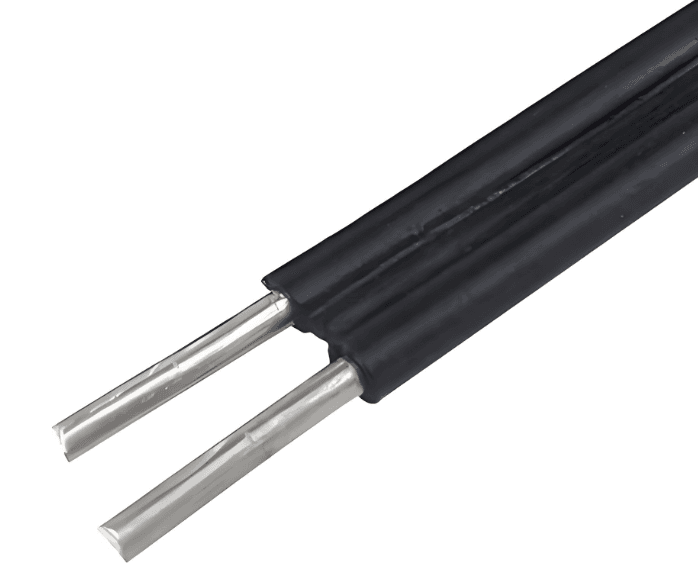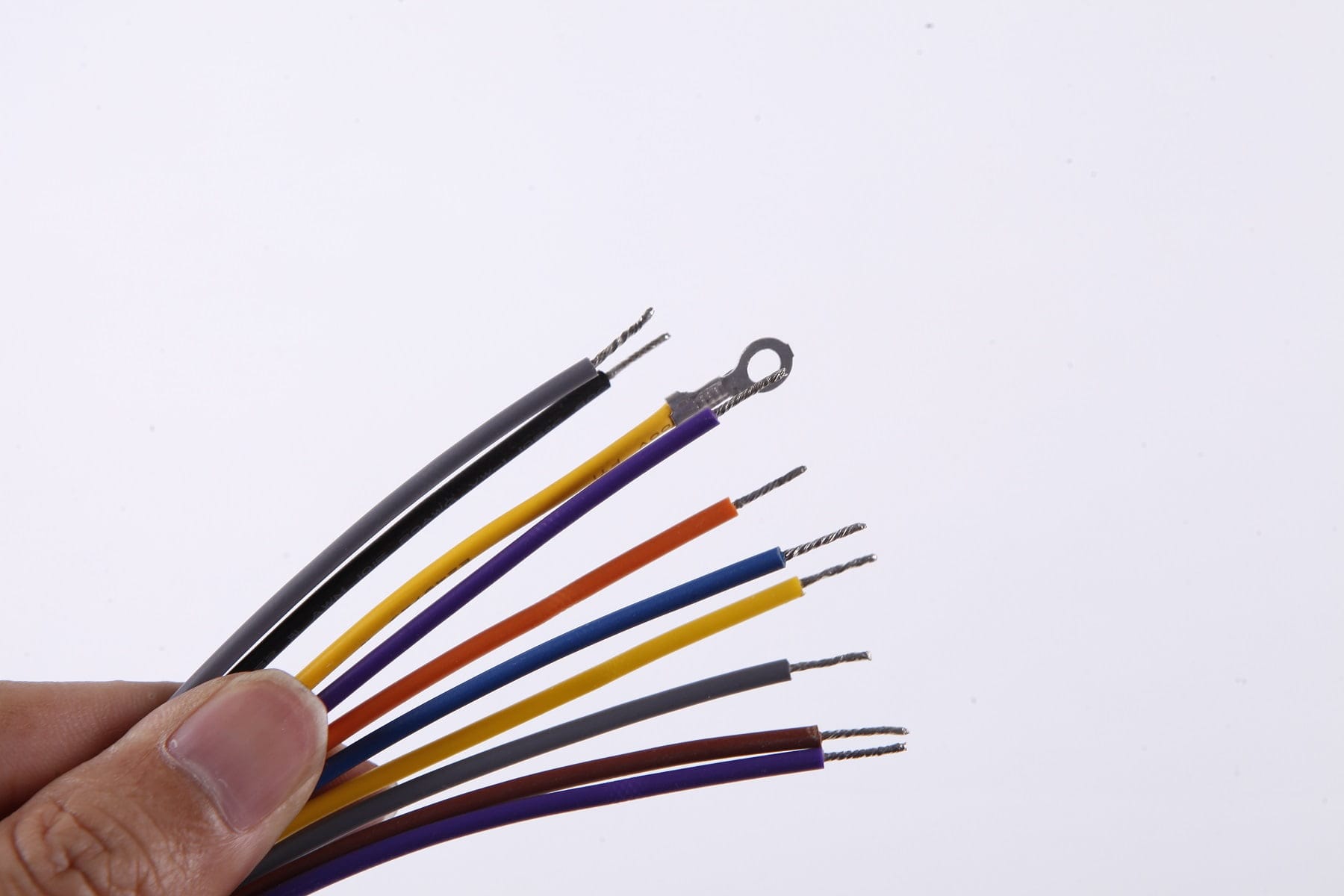Teflon PTFE PFA flat ribbon zip wire and cable

The Power of Teflon: A Deep Dive into PTFE and PFA Ribbon Zip Wires and Cables In the realm of modern electrical engineering, Teflon has emerged as a transformative material, fundamentally altering our understanding and usage of wires and cables. Polytetrafluoroethylene (PTFE) and Perfluoroalkoxy (PFA), the scientific names for these advanced polymers, have set new benchmarks in terms of performance and reliability. With their extraordinary heat resistance, chemical stability, and electrical insulation properties, PTFE and PFA ribbon zip wires and cables are indispensable in high-performance environments. As the demand for superior electrical components continues to surge, delving into the complexities of Teflon-based cables unveils how these materials are more than just conduits; they are crucial to ensuring safety, efficiency, and longevity in a myriad of applications ranging from consumer electronics to critical industrial systems. Understanding the profound impact of PTFE and PFA on the electrical industry requires a comprehensive exploration of their unique properties, the production processes involved, the reasons behind their distinct features, and their extensive range of applications. This in-depth analysis will illuminate how these materials have revolutionized electrical wiring and cabling, providing the backbone for technological advancements across numerous sectors. The Unique Properties of PTFE and PFA PTFE and PFA possess a set of remarkable properties that make them stand out in the world of polymers. One of the most notable characteristics of PTFE is its exceptional thermal resistance. Capable of withstanding temperatures up to 260°C (500°F), PTFE does not degrade or lose its mechanical properties under extreme heat. This makes it an ideal material for applications where high temperatures are a constant concern. Similarly, PFA shares this thermal resilience but offers slightly better mechanical strength and flexibility, making it suitable for dynamic environments where cables need to endure both heat and motion. Another critical property...
Read More "PVC Draad en Kabel, Soorten, Gebruik, Vervaardiging, Kopen, een Gids

PVC Draad en Kabel, Soorten, Gebruik, Vervaardiging, Kopen, een Gids PVC draad en kabel zijn niet noodzakelijk termen die je dagelijks hoort, maar het zijn vitale elementen in de samenstelling van kabelassemblages en andere gefabriceerde producten. De gebruikelijke massa kabels waarmee fabrikanten en prototypeontwerpers te maken hebben, is een van de belangrijkste redenen waarom we overal ter wereld nette, efficiënte en effectieve kabelassemblages leveren! Maar hier geven we wat inzicht en informatie over wat PVC-draad en -kabels zijn, de verschillende soorten en hun toepassingen. En nog veel meer. Maar eerst volgt hier een korte samenvatting, daarna gaan we dieper in op de details. Wat is PVC draad en kabel? Bij pvc-draad en -kabel wordt een thermoplastisch materiaal genaamd polyvinylchloride, ook wel pvc genoemd, gebruikt voor draadisolatie of kabelmantels. PVC draden en kabels worden veel gebruikt vanwege hun uitstekende eigenschappen zoals chemische weerstand, hittebestendigheid en waterbestendigheid, robuustheid, duurzaamheid en veelzijdigheid. De enige specialiteit van PVC draden en kabels is de gebruikte isolatie of mantel. De laatste tijd wordt PVC steeds meer gebruikt als materiaal voor veel draden en kabels. Daarom zijn er nu verschillende soorten PVC draden en kabels op de markt die het best voldoen aan de behoeften van de klant. Laten we ze eens in detail bekijken. PVC draad met Tin koper Soorten PVC draden en kabels Hieronder staan enkele veelvoorkomende soorten PVC draden en kabels die beschikbaar zijn voor verschillende behoeften. Speciale PVC draden en kabels Speciaal PVC heeft, zoals de naam al zegt, speciale eigenschappen voor draadisolatie en kabelmantel. Het PVC dat gebruikt wordt in speciale PVC draden en kabels heeft zeer goede elektrische en mechanische...
Read More "